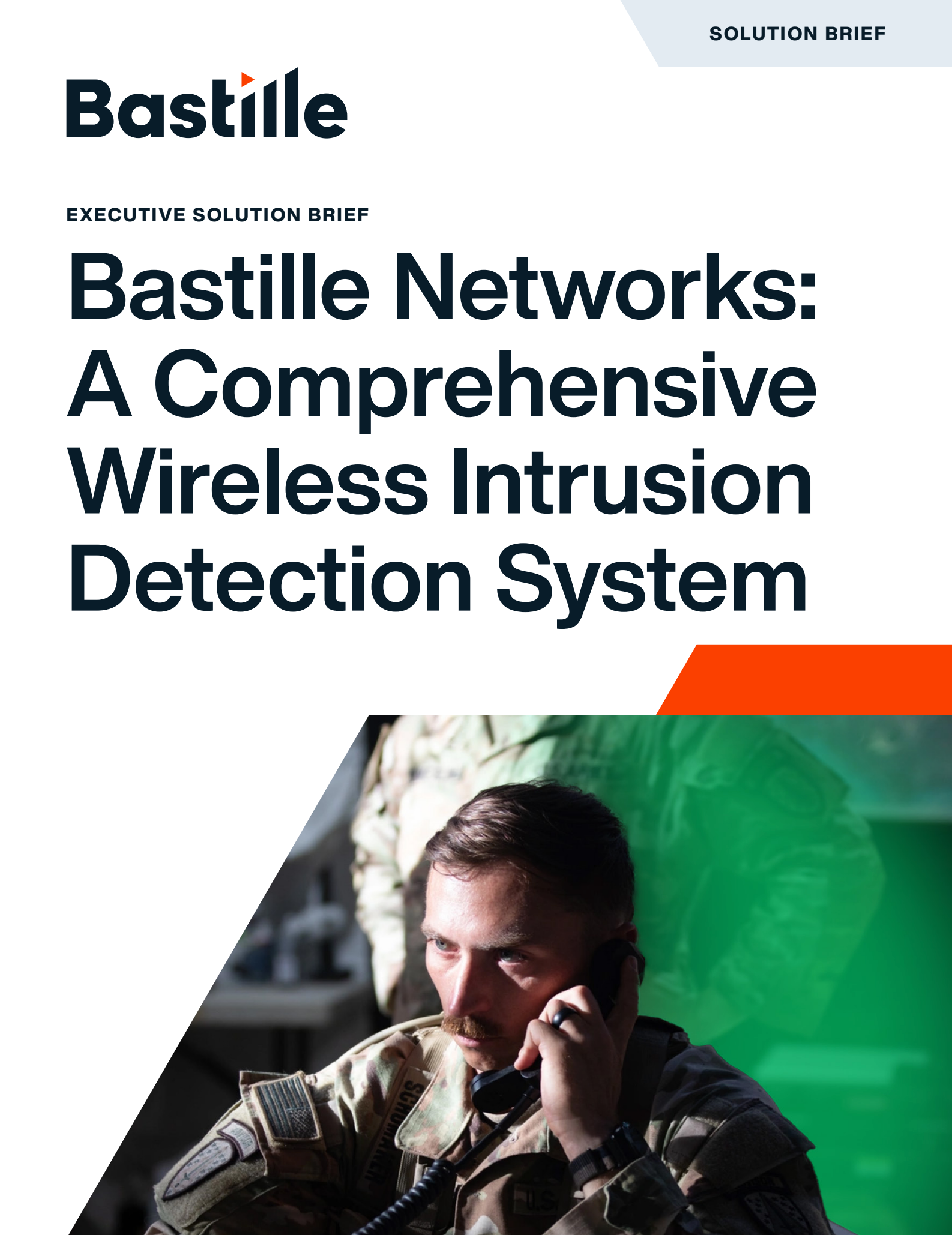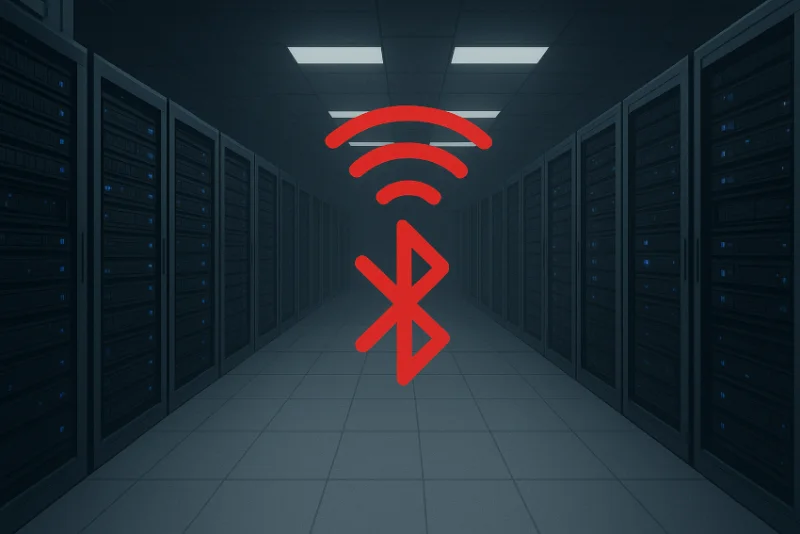
Heathcare RF Risks: How Wireless Devices Threaten Medical Security
Healthcare increasingly depends on RF-enabled and IoT medical devices — from wireless infusion pumps and patient monitors to connected imaging machines and building controls. While these technologies improve efficiency and care delivery, they also introduce serious cybersecurity risks.
Without visibility into the RF spectrum, hospitals may be exposed to threats ranging from insider attacks to HIPAA compliance violations. This article explores how RF-enabled devices operate in healthcare, the risks they pose, and the steps hospitals can take to secure their wireless environments.
Why Healthcare is Vulnerable to RF Security Risks
Hospitals and healthcare organizations are unique environments where wireless medical devices, IoT systems, and personal devices all coexist. Factors driving RF risk include:
- Heavy reliance on wireless communication for patient care equipment.
- BYOD policies that allow staff and contractors to bring personal devices.
- Limited visibility into non-Wi-Fi wireless activity (cellular, Bluetooth, ZigBee, LoRa).
- Pressure to prioritize speed of care over strict cybersecurity controls.
The result is a healthcare environment rich in attack surfaces, often without adequate monitoring or enforcement.
How RF-Enabled Medical Devices Operate
Many medical devices now use wireless connectivity to communicate with central systems or caregivers. Examples include:
- Wireless infusion pumps and patient monitors.
- Bluetooth-enabled medical sensors and wearables.
- Connected imaging systems and diagnostic devices.
- IoT-enabled HVAC, lighting, and building access controls.
While these devices enable mobility and real-time monitoring, they can also be intercepted, replayed, or spoofed if not properly secured.
The Cybersecurity Risks of IoT in Healthcare
Healthcare IoT and RF-enabled devices introduce a variety of risks:
Replay Attack on Wireless Devices
Attackers can record unencrypted transmissions from devices during normal use and then replay those signals to trigger actions — such as manipulating a medical pump.
Insider Threats with Medical IoT
Staff or contractors could connect unauthorized devices to the hospital environment, creating hidden communication channels for sensitive data.
Compliance Violations
Unmonitored RF devices can undermine HIPAA requirements for protecting patient data, leaving hospitals vulnerable to fines and reputational damage.
HIPPA, Compliance, and RF Device Security
The HIPAA Security Rule requires healthcare organizations to protect electronic protected health information (ePHI). However, most compliance frameworks focus on wired and Wi-Fi networks — leaving cellular, Bluetooth, and IoT communications outside the compliance officer’s line of sight.
Regulators like the FDA are also calling attention to the cybersecurity of medical devices, warning that vulnerabilities in connected systems can put patient safety at risk.
Hospitals must extend compliance strategies to cover all RF-enabled devices, not just those connected via traditional IT infrastructure.
Steps Hospitals Can Take to Mitigate RF Risks
To reduce exposure, healthcare organizations should:
- Identify and inventory all RF-enabled medical and IoT devices.
- Enforce policies for approved vs. unapproved device use.
- Continuously monitor the RF spectrum for rogue transmissions.
- Conduct regular Wireless Vulnerability Assessments to test defenses.
Proactive detection and monitoring are the only ways to close gaps that traditional IT compliance systems miss.
How Bastille Secures Healthcare Environments
Bastille helps healthcare organizations gain unprecedented visibility into the RF spectrum by:
- Detecting and locating all cellular, Bluetooth, and IoT devices in the environment.
- Identifying unauthorized or rogue devices that threaten patient data and safety.
- Supporting compliance efforts with continuous monitoring and reporting.
With Bastille’s Wireless Vulnerability Threat Assessment, hospitals can uncover hidden RF risks and strengthen both cybersecurity and HIPAA compliance.
Request your demo here.




